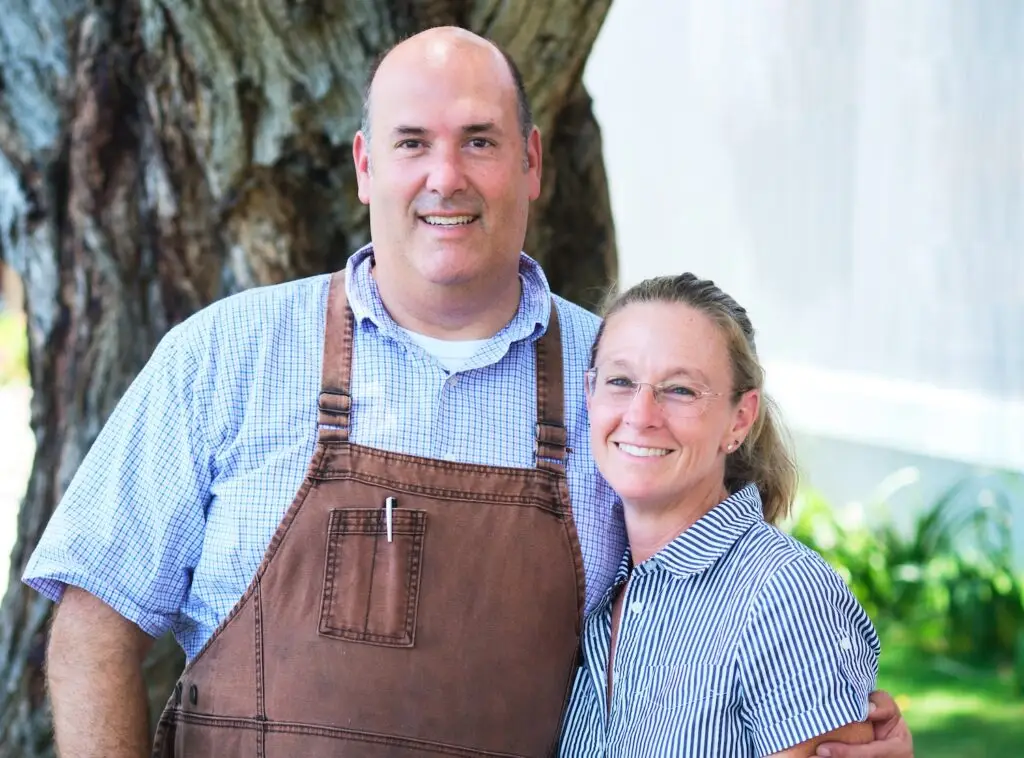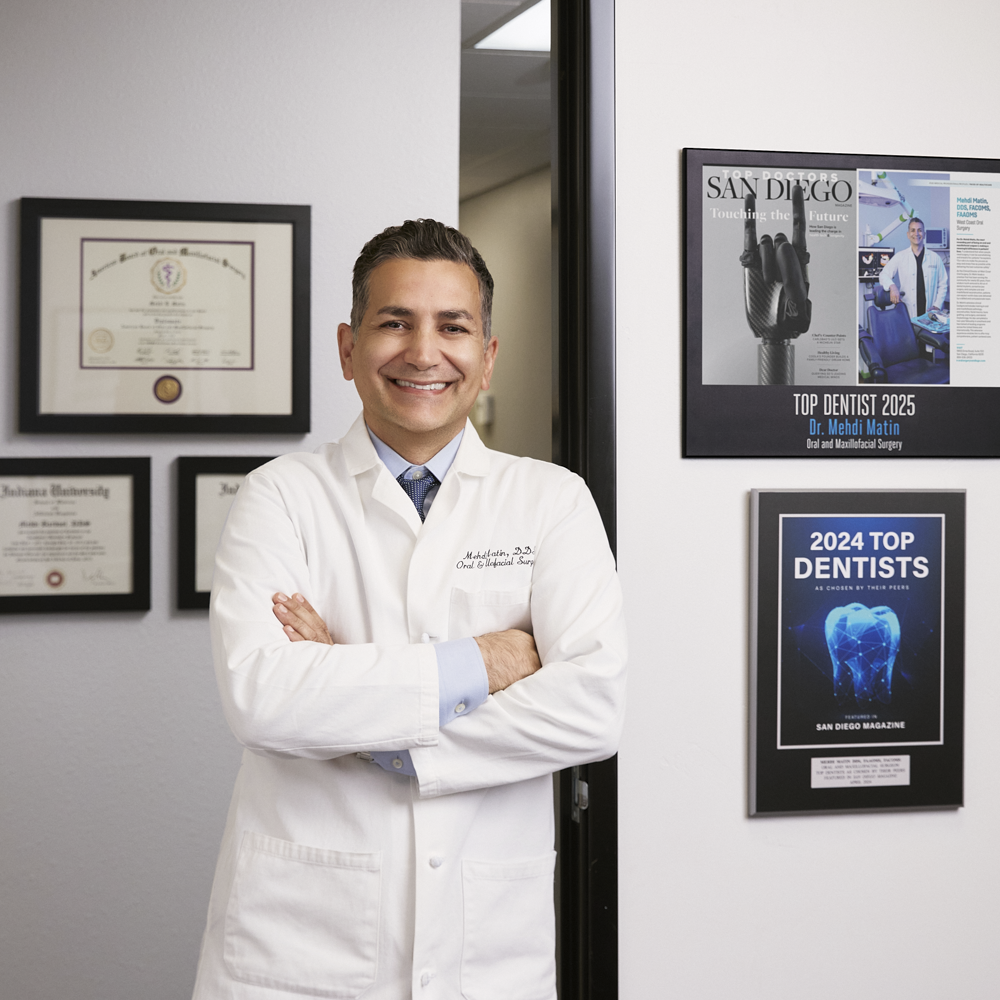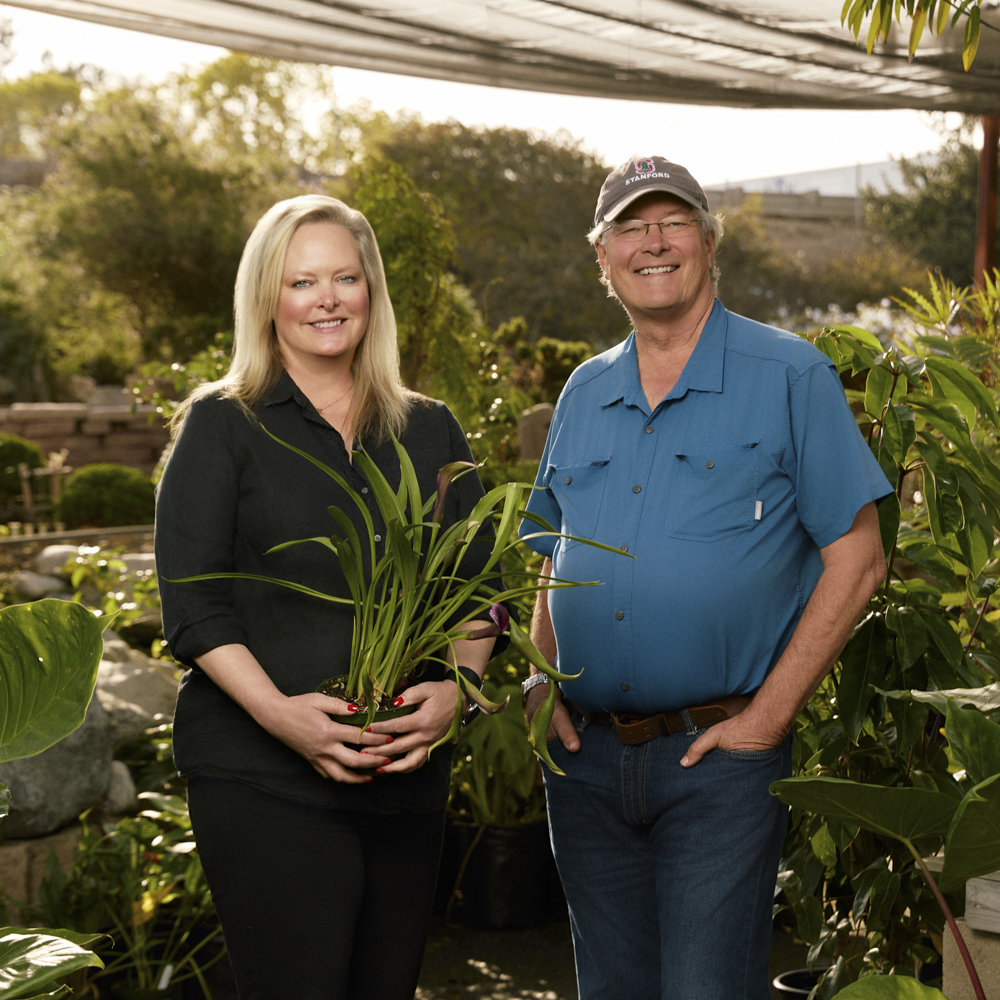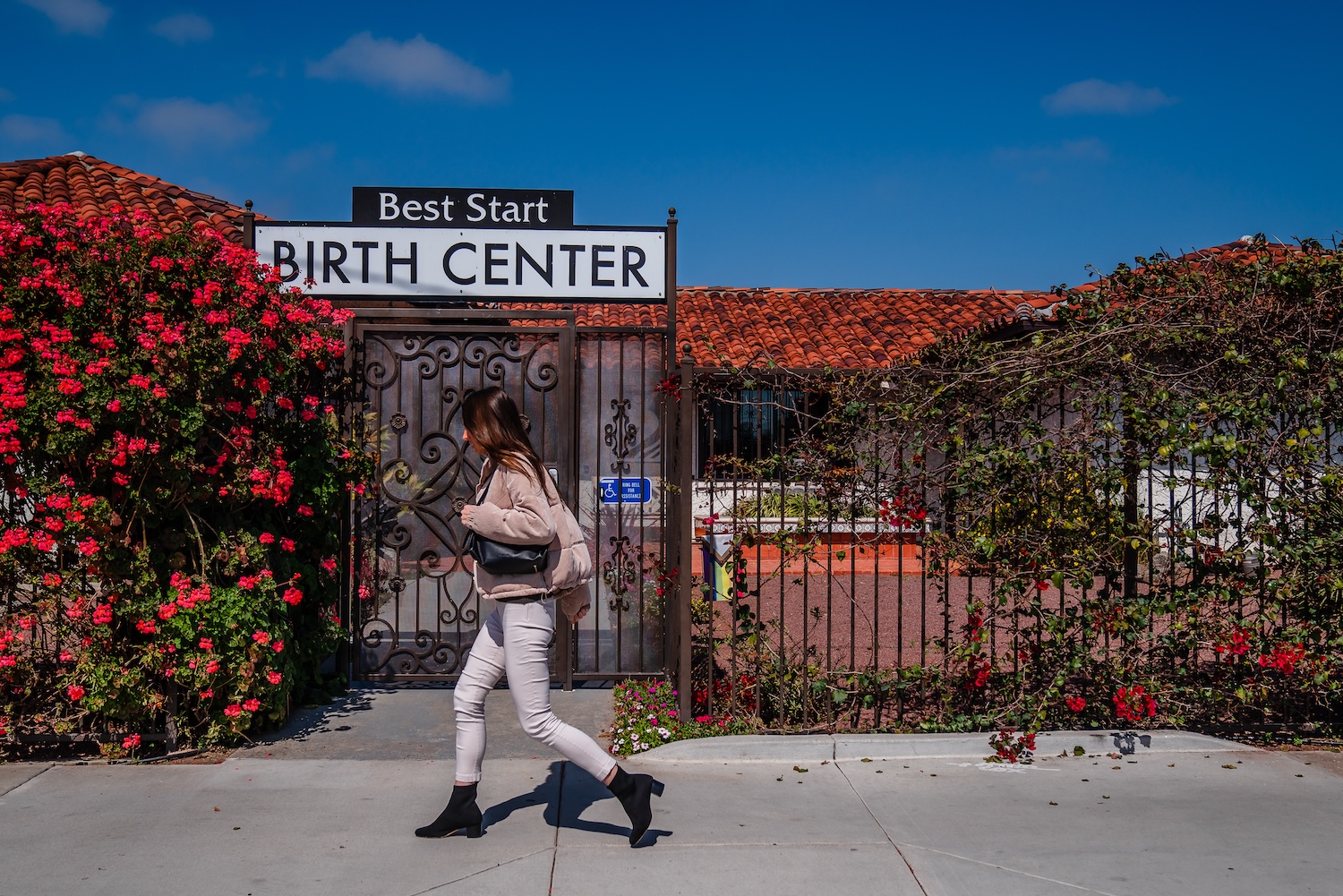Colorful collages line the hallways of Best Start Birth Center in San Diego, the squishy faces of hundreds of newborns carefully cut out and framed. A picture of Executive Director Karen Roslie’s son, born in 2003, hangs among the smiling, crying, and squinting babies.
Thirty years ago, Roslie’s mother, Roberta Frank, opened Best Start after training to become a certified nurse midwife. Since that time, state agencies and national organizations have recognized the birth center as a model for alternative birth practices. The Canadian health ministry even visited in the 1990s as it developed plans to fund midwifery services, Roslie says.
But in March, Best Start closed its doors, unable to keep up with escalating costs. TRICARE, a major military insurer and Best Start’s biggest contractor, wouldn’t pay for licensed midwives—only nurses, who can make much more money in a hospital. In a community where the Navy is a prominent employer, it was a debilitating blow to the birth center. The photos Roslie meticulously framed over the years will most likely have to be destroyed to avoid any medical privacy violations—evidence of more than 5,600 births shredded.
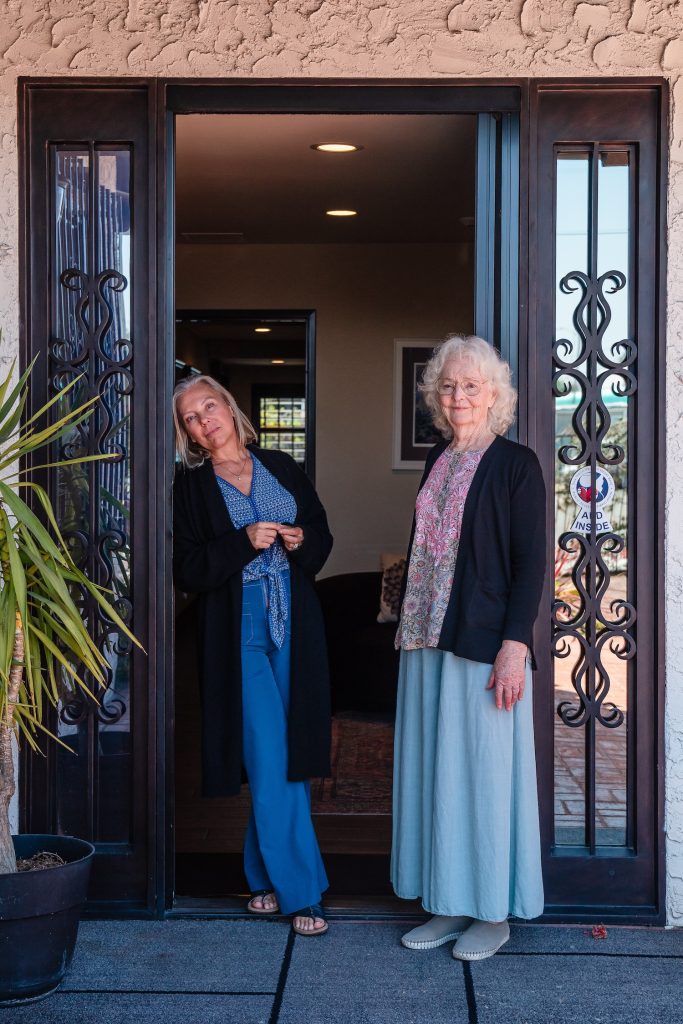
“It feels like I’m mourning a death,” Roslie says, gazing at the pictures. Best Start was the first licensed and accredited birth center in California, and even those credentials couldn’t save it. In fact, they may have hindered the birth center’s survival, requiring expensive renovations that many midwives say aren’t relevant to the care they provide or the safety of their practice. Its closure was one of at least 19 recent birth center shutdowns and reductions in service in the past four years, according to the California chapter of the American Association of Birth Centers (AABC).
Those closures deepen a crisis of declining women’s health services across California. More than 50 labor and delivery wards have closed in California hospitals in the past decade, creating maternity care deserts in rural communities and overburdening the remaining labor wards in cities and suburbs.
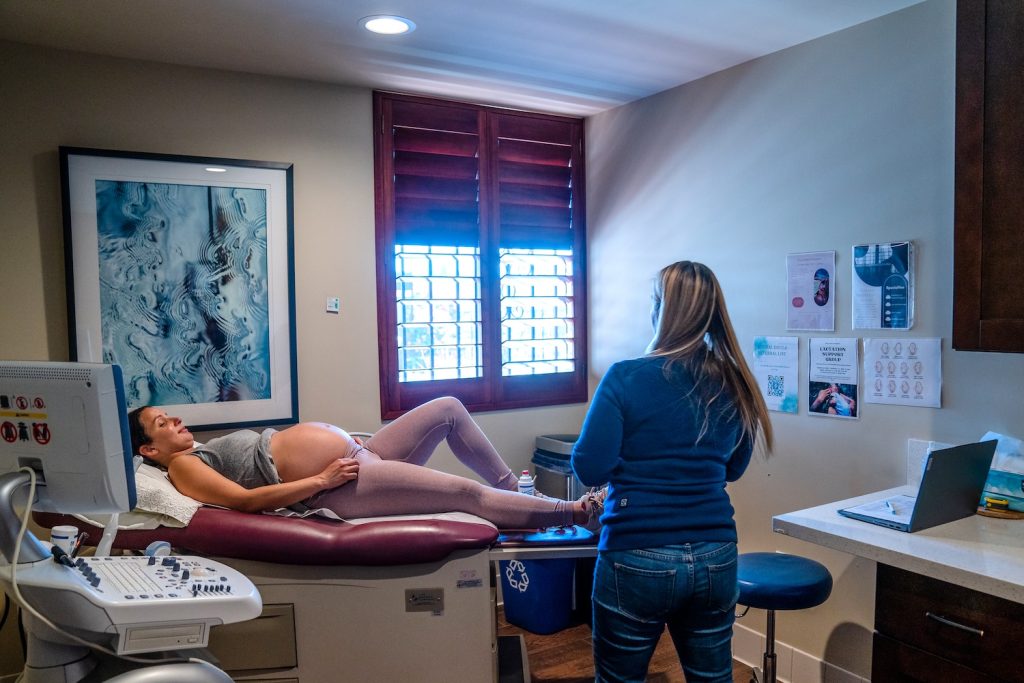
Consumer health and policy experts have pointed to birth centers as a way to expand capacity in communities where hospitals are no longer delivering babies. The midwife-run clinics deliver low-risk births and direct higher-risk pregnancies to hospitals.
But California has some of the toughest licensing requirements in the country, AABC says, and facilities like Best Start have long argued that California’s onerous regulations and an uncooperative Public Health Department prevent them from succeeding.
Only six operating birth centers are licensed in California. Another 26 are unlicensed. Licensure isn’t required, but it enables practices to work with insurance plans and helps them serve lower-income families who can’t cover birthing costs out of pocket.
Increasingly, only wealthy families who pay cash can afford to have a midwife or give birth outside of a hospital.
“The system is just a mess. It’s flawed. It’s set up to prevent providers that can provide really good care from even getting started,” says Best Start founder Frank.
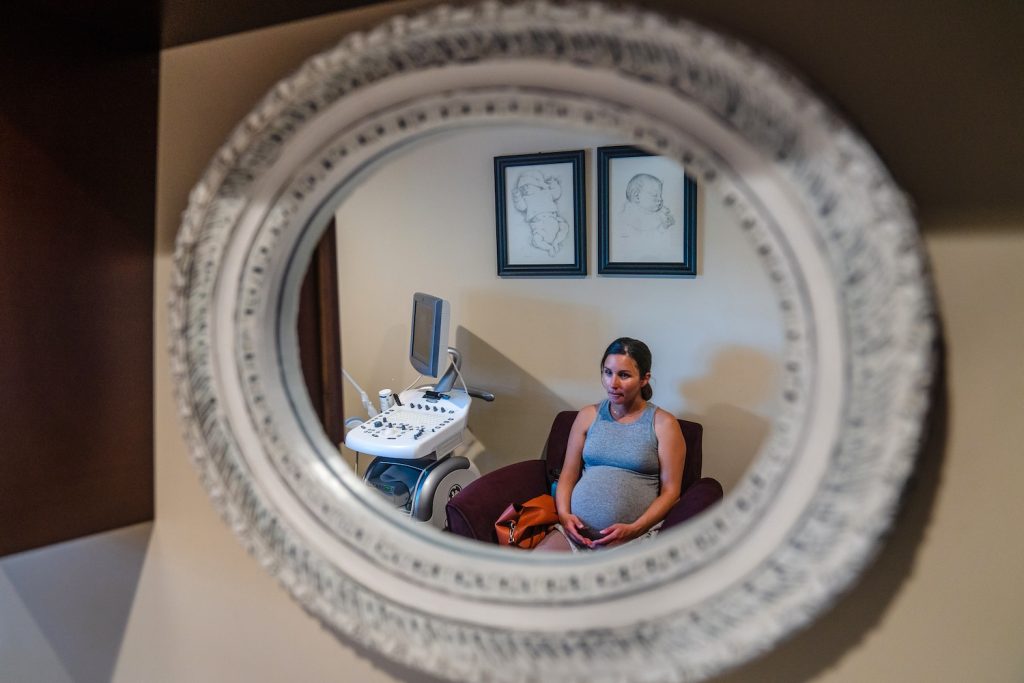
While most births in California take place in hospitals, birth centers serve a small but growing number of families. The number of planned out-of-hospital births attended by midwives has doubled over the past decade, even as birth rates overall declined, according to data from the Medical Board of California. And a statewide survey conducted in 2018 by the California Health Care Foundation indicated that more than one-third of pregnant people would be interested in having a midwife for a future birth.
Frequently, those who seek the services of midwives and birth centers cite the desire for more personalized care or poor experiences with previous hospital births. Studies show that for low-risk pregnancies, midwife-led deliveries at birth centers are safe and lead to fewer interventions such as cesarean sections.
“Women deserve this,” Frank says. “Every human deserves to find their own strength, find their place, [and] exercise their initiative.”
But even as demand for out-of-hospital births increases, birth centers across the state are shutting their doors, unable to withstand the joint battering ram of financial and regulatory challenges.
Last year, the Santa Rosa Birth Center stopped delivering babies, adding to a regional maternity care desert. Then, a Sacramento midwife closed her birth center in February and left the country, saying
California’s health system was too unfriendly to make ends meet. Another Sacramento birth center is also on the verge of closure because it cannot get a state license. In September, Monterey Birth and Wellness Center will close, citing high costs and poor insurance reimbursement.
The California Department of Public Health refused multiple requests for an interview about the licensure process, responding only to emailed questions. The licensing process sets “minimum standards” for patient care, which include regulations around proper equipment and staff competency, the department said in an unsigned statement.
“We cannot speculate or comment on any reason why providers chose to close these facilities [or] aren’t seeking licensure for new [birth centers], or what could be done to improve the process,” the department statement added.
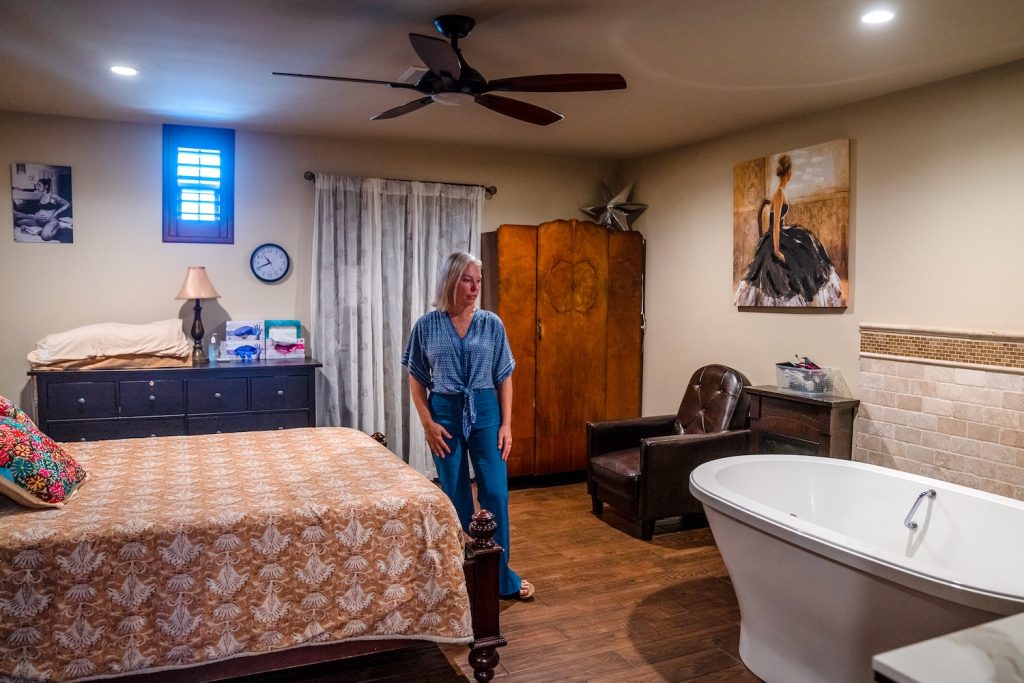
Licensing Can Take Years
Nancy Myrick, a co-founder of the San Francisco Birth Center, says it took four-and-a-half years of back-and-forth with the state health department to obtain a license. At one point, Myrick asked for a list of items that an inspector would check and was referred to regulations that had not yet been written.
“In the process of opening, the state bureaucracy was like the Great Wall of China. It was such a horrible barrier,” Myrick says.
It wasn’t until Myrick called her local assemblymember’s office to complain about the inability to get licensed and see Medi-Cal patients that the application was approved, she adds. The birth center was licensed in 2020.
“It literally took calling in the political dogs to get it done,” Myrick says.
Many providers noticed that getting a license became much more difficult after the state centralized the process with the public health department in 2018. Since then, nearly all birth center applications have been rejected, according to data provided by the department.
The department said in a statement the change was necessary to improve “standardization and consistency” in the licensure process for multiple kinds of facilities. Previously, the department’s 14 regional offices processed applications and approved most of them.
Yet midwives and advocates say multiple issues continue to plague the process. It’s slow, often taking years; it’s expensive, costing tens of thousands to retrofit buildings and maintain a license; and the standards are frequently at odds with midwives’ scope of practice. What results is a “de facto ban” on birth center licensure in California, says Sandra Poole, a lobbyist with the Western Center on Law and Poverty.
Without licensing reform, more birth centers will close, warns Bethany Sasaki, president of the state chapter of the American Association of Birth Centers.
A key problem, Sasaki continues, is that birth centers are expected to comply with building standards designed for hospitals. Requirements include negative pressure rooms for infection control and cast-iron plumbing for water supply and drainage.
Many midwives argue the standards don’t make sense because their patients are legally required to be healthy, with low-risk pregnancies. Any condition that would require the additional medical intervention the standards are meant to accommodate, such as surgery, would force the patient to be transferred to a doctor or hospital, Sasaki says.
“There’s no reason to hold a birth center to the same standards as a hospital, because it’s not a hospital, and that’s the whole point,” Sasaki adds.
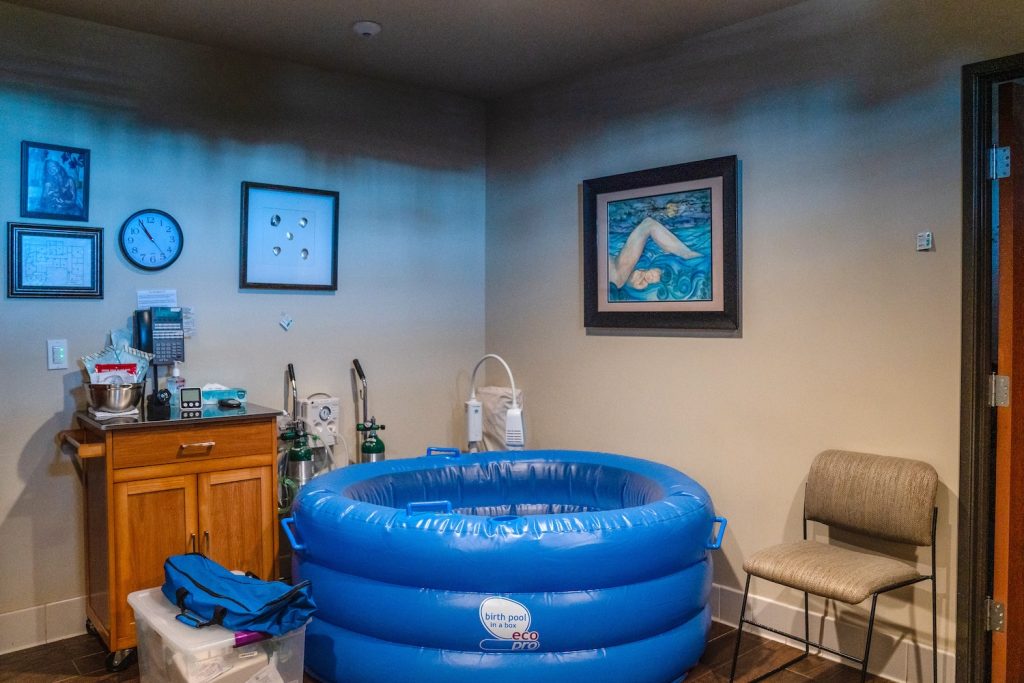
According to the Department of Health Care Access and Information, which sets building codes for health facilities, it would take legislative changes to make exceptions for birth centers. Poole and a number of groups representing midwives and Black maternal health advocates tried to introduce a bill earlier this year that would ease licensing requirements, but they were unable to find a legislator willing to carry it.
Sasaki’s licensure application for Midtown Nurse Midwives in Sacramento was denied in 2020. The holdup is the ventilation system in her building, which doesn’t meet hospital building code.
In March, Sasaki requested an appeal and emergency license after TRICARE, the same insurer that Best Start relied on, stopped contracting with unlicensed facilities. As of mid-July, she has not received a response from the state, though the department told CalMatters it was past the deadline for her to file an appeal.
Sasaki says that, without the TRICARE contract, which made up about 30 percent of her clients, the birth center will close by November.
“We’ve had to turn away so many people that we stopped answering our phone, because I don’t want to listen to another person cry,” Sasaki says.
Birth Centers Must Get Licensed to Accept Medi-Cal
Why is licensure such a stumbling block for birth centers? Medi-Cal, the state’s public insurance program for low- income families, pays for half of all births in the state, and it requires birth centers to be licensed.
“The single biggest thing that will help with sustainability is if birth centers can take Medi-Cal and if Medi-Cal can actually reimburse appropriately,” Sasaki says.
The majority of Medi-Cal births—more than 80 percent—are babies of color. A statewide survey also indicates that people of color, particularly Black women, want alternative birth support such as midwives and doulas the most. White women and those with private insurance were the highest users of midwives, the survey shows, while those who wanted a midwife but didn’t use one most commonly cited lack of insurance coverage as a barrier.
Caroline Cusenza, a midwife and the owner of the Monterey Birth and Wellness Center, says accepting insurance allowed her to serve a more diverse population in the working-class Latino enclave where the birth center is located. She wanted to take Medi-Cal patients but couldn’t. Though Cusenza applied for licensure twice, she was also rejected because the building didn’t meet ventilation standards.
The birth center will close in September after seven years.
“It was a hard decision to walk away, but we really just could see no path forward,” Cusenza says.
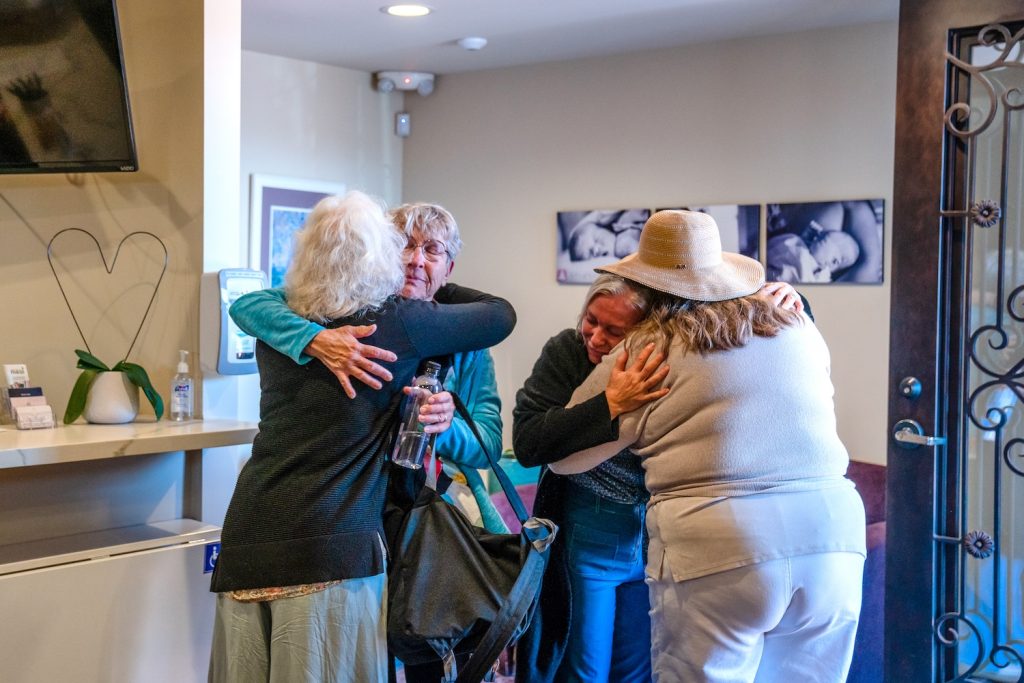
The Western Center for Law and Poverty has pointed to accreditation as a possible alternative to licensure. The Commission for the Accreditation of Birth Centers is the national organization that sets standards for birth center quality and safety. California regulators have used accreditation to help license other kinds of health facilities, but health department officials see no need to provide birth centers with alternate options. They argue that very few have tried to get a license in the first place. Only 23 birth centers have applied in the past decade.
Holly Smith, a certified nurse midwife and co-lead of Midwifery Access California, contends that the low number of applicants reflects the difficulty of the process. Midwives know licensure is nearly impossible, so they don’t bother applying, Smith argues.
“If [the Department of Public Health] can be much more involved in figuring out solutions to help birth centers exist and be licensed, should they want to be, then we would see a greater proliferation of applications,” Smith says.
Midwifery Access California is working with another state agency to improve access for low-income patients, Smith adds. They hope to convince the Department of Health Care Services to increase Medi-Cal payments to midwives. Right now, a licensed birth center gets about $1,300 per birth, while the midwife gets $400.
Some birth centers say that, at those rates, even Medi-Cal wouldn’t be enough to save them.
“If our birth center were to accept Medi-Cal, we would go bankrupt,” says Trisha Wimbs, owner of the California Birth Center in Rocklin.
Licensed in 2023, Wimbs’ facility was one of only three birth centers to achieve licensure since the public health department took over and tightened building codes. Wimbs says it cost $1 million to build the “hospital-grade facility” to code, including $80,000 to move a fire hydrant two feet closer to the building. The birth center does not take Medi-Cal because it pays too little to recoup expenses. Instead, the birth center caters to cash-pay and commercially insured clients in the affluent Sacramento suburb.
To sustain birth centers, Medi-Cal needs to pay around $8,000 per birth, Smith says. At that price point, delivering at a birth center would still cost less than half as much as a hospital delivery.
Saying Goodbye to Best Start
Eighteen years ago, Ellary Alonso was born at Best Start Birth Center when her mom, a former labor and delivery nurse, sought a more personalized birth experience. Alonso, who was 21 weeks along in March, wanted to deliver her son in the same place, surrounded by midwives she knew, maybe even in a bath. She wanted the emotional support of the team, she says, because her husband is a Marine, and there’s no guarantee he’ll be able to make it to the birth.
But a week before her first prenatal appointment at Best Start, Alonso got a call that the center was closing permanently. There are no other birth centers in Southern California that take her insurance, TRICARE.
“In this time when everything is about choice, you can choose not to have a baby, but you can’t choose how to have your baby,” Alonso says. “Hospitals are the only option.”
Compared to a hospital room, Best Start offered a homey atmosphere and the promise that the midwife attending each birth was familiar to the laboring client. The birthing rooms came with queen-sized beds, floral duvets, and white porcelain tubs for water births. A marble-topped “crash cart” sat in each room. With the doors closed, the cart looked like an end table, matching the décor. Inside, it was filled with medical supplies for conducting emergency resuscitations or stitching up lacerations.
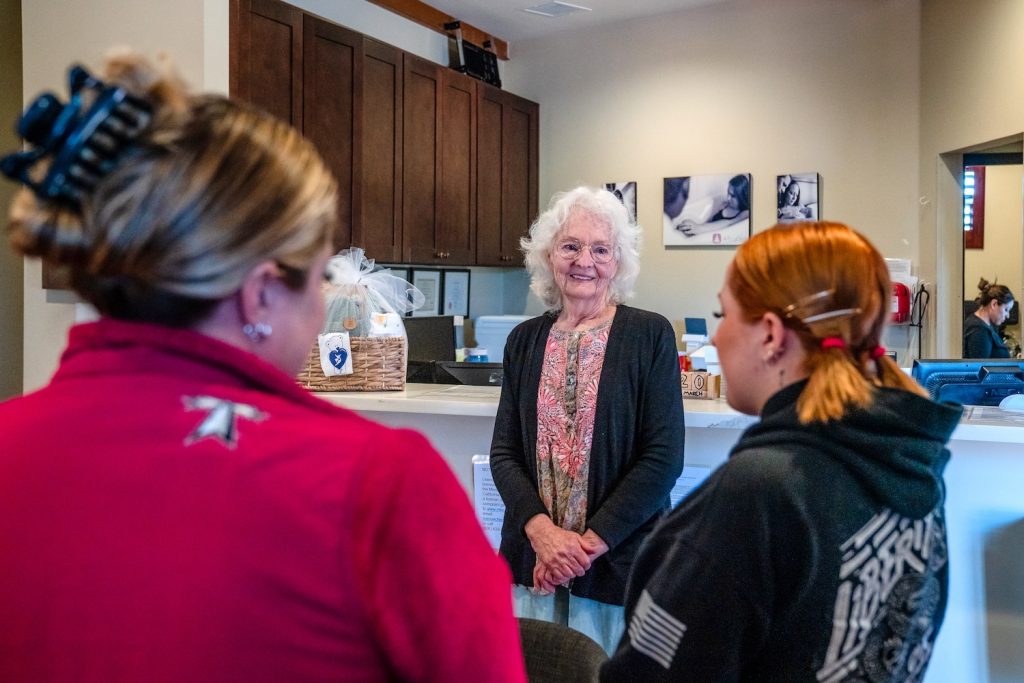
Though cozy, the rooms bore the hallmarks of a by-the-book clinic: boxes of nitrile gloves in each room, hazardous waste bins mounted discreetly to the wall. Best Start was the only birth center in the state to have a licensed clinical laboratory to confirm water breakage.
They never lost a mother or baby, Roslie says. Their transfer rate for cesarean sections was 20 percent less than the state average in 2022. In the past five years, they performed no episiotomies, perineum incisions intended to enlarge the vaginal opening during birth. And 96 percent of newborns were exclusively breastfed before leaving Best Start, compared to the statewide hospital rate of 69 percent.
Despite the center’s recognized success, keeping it running was always a labor of love, Roslie says.
“It’s never been a thriving business,” she adds. “Roberta’s gone without pay. I’ve gone with reduced pay. That’s what it takes to run a birth center.”
When Roberta Frank, Roslie’s mother, graduated from UC San Diego with her nursing midwifery degree in 1981, she was told, “San Diego will never accept midwives.”
PARTNER CONTENT
Sometimes—in the face of Best Start’s closure—it still feels that way.
This story is produced by CalMatters, published jointly with San Diego Magazine.


